Staff Profile: Annet Hoek

I am a Senior Research Fellow within The George Institute for Global Health’s Food Policy division. My work supports the Public Health Advocacy and Policy Impact team, and the World Health Organization Collaborating Centre on Population Salt Reduction. I consider myself to be a ‘pracademic’ with a passion for real life impact, which really aligns […]
Seaweed flakes as an alternative to table salt?
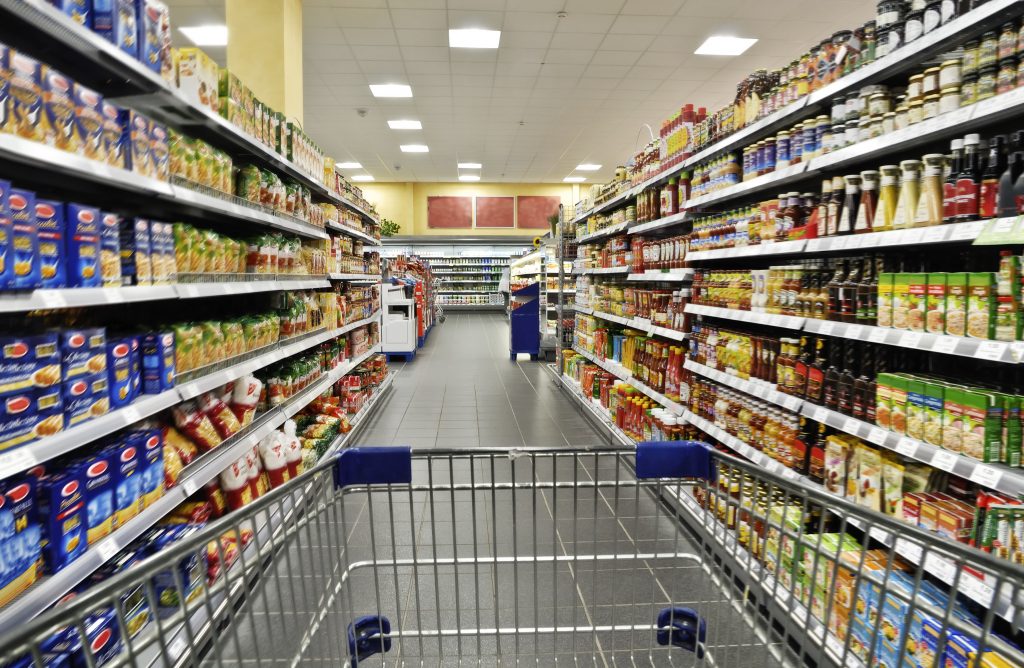
Seaweed has approximately 85% less sodium than salt while offering important micronutrients such as iodine, potassium, magnesium, calcium, iron and zinc. Seaweed flakes can be added to stir-fries, noodles, and rice or to boost flavour in any dish. The seaweed market was valued at $11.1 billion in 2016 and is growing. There are now ground […]
“Pass less salt and when you pass it, make it potassium salt”
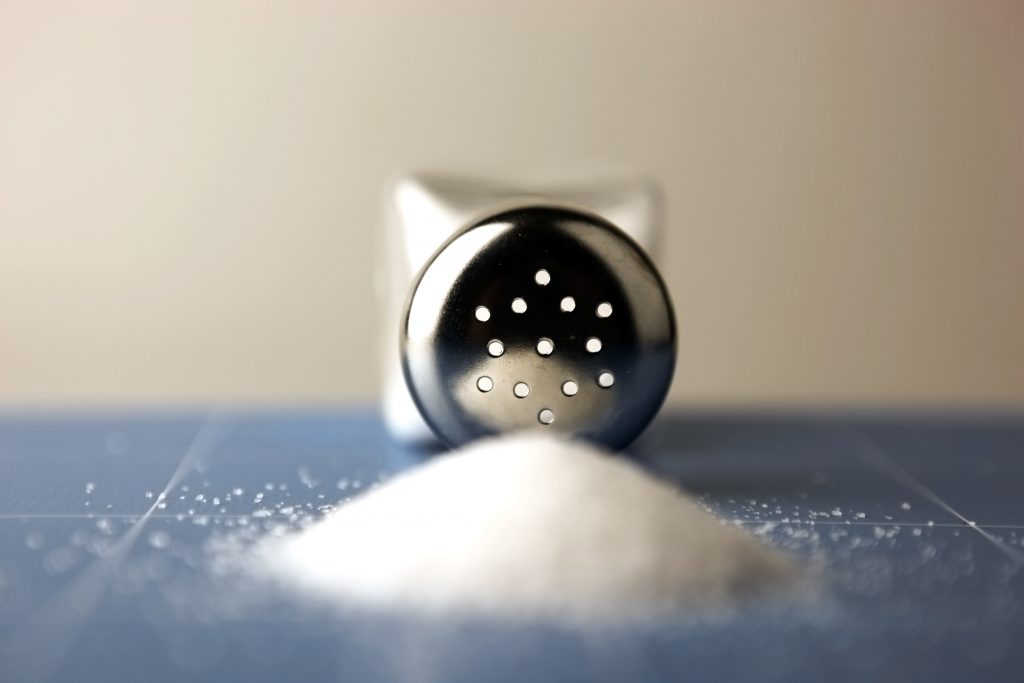
In an article recently published in The Hill, author Dr Thomas Frieden (President and CEO of Resolve to Save Lives) discusses the petition to the FDA to change potassium salt labelling regulations. Currently, the FDA requires companies to list potassium salt as “potassium chloride salt”. Frieden suggests that this could discourage people from purchasing […]
New Survey Finds Two Rashers of Bacon are Saltier than 8 Bags of Crisps – Action on Salt, UK
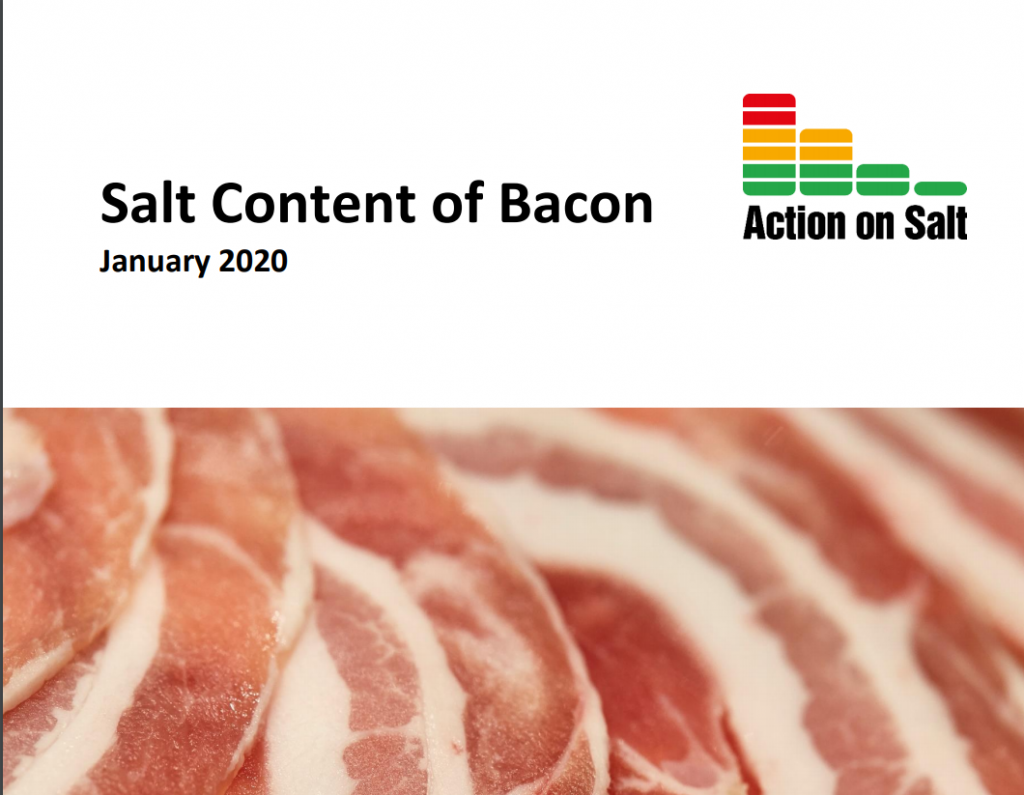
In a recent survey conducted by Action on Salt, researchers investigated the salt content of bacon sold at ten of the UK’s major retailers. Of 171 products, all but one were high in salt according to the UK’s voluntary front of pack traffic light labelling criteria, and on average the bacon contained 3.21g of salt […]
Strengthening Malaysia’s National Salt Reduction Strategy (2015-2020)

Last year Dr Kathy Trieu and Prof Jacqui Webster from The George Institute for Global Health conducted an interim evaluation of Malaysia’s national salt reduction strategy with a view to identifying areas where the strategy could be strengthened. The mid-term evaluation report including the six key recommendations for enhancing implementation is now published on the […]
Recipients of LINKS grant
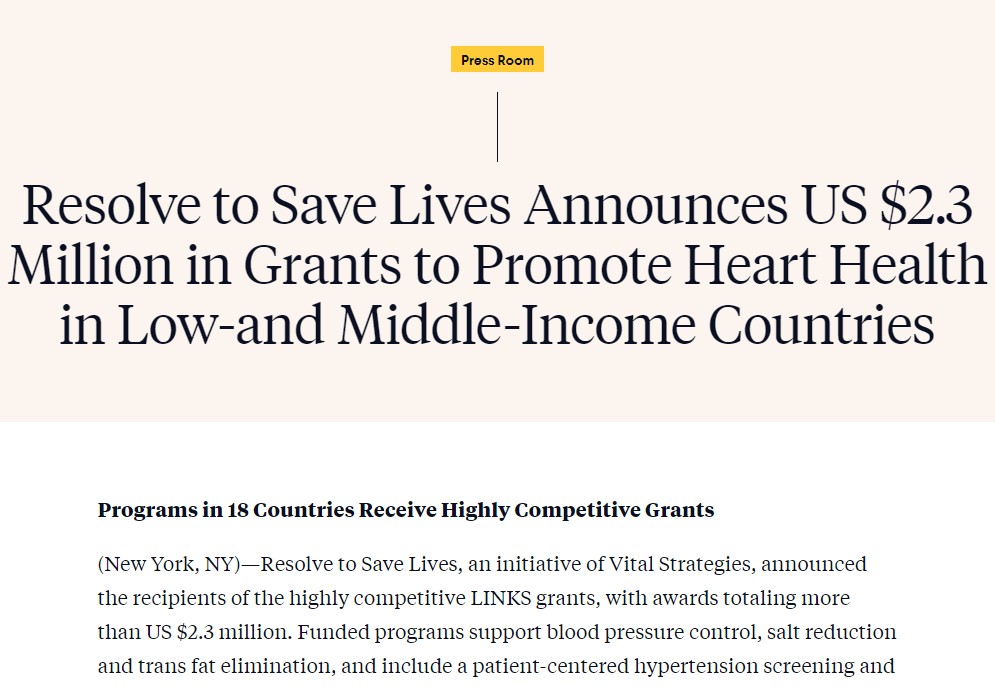
The George Institute for Global Health are part of two successful Resolve to Save Lives, LINKS grants this year. The highly competitive grants of over US$2.3million in total will be supporting programs that promote heart health in 18 countries. The George Institute alongside Ministry of Health Malaysia, National University of Malaysia and WHO Office in […]
Unpack the Salt – Victorian Salt Reduction Partnership
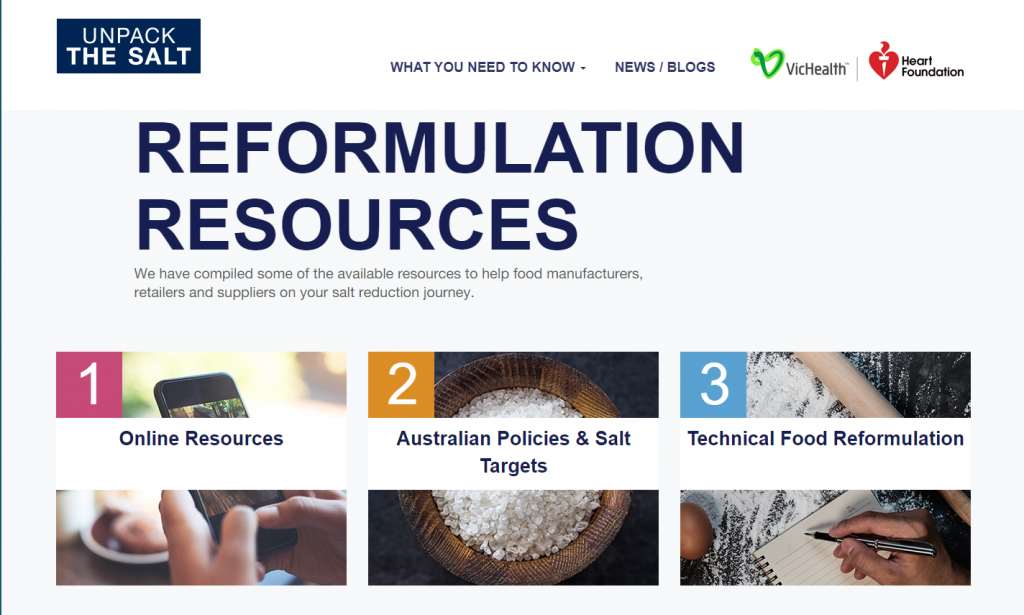
The Victorian Salt Reduction Partnership has shared findings of the consumer awareness campaign, ‘Unpack the Salt’, which ran from 2017-2019. Following the campaign, around 80% of the target audience were able to correctly recall at least one key message unprompted, such as where hidden salt is found in foods. Over the course of the campaign […]
Parents’ Perceptions about Salt Consumption in Urban Areas of Peru: Formative Research for a Social Marketing Strategy
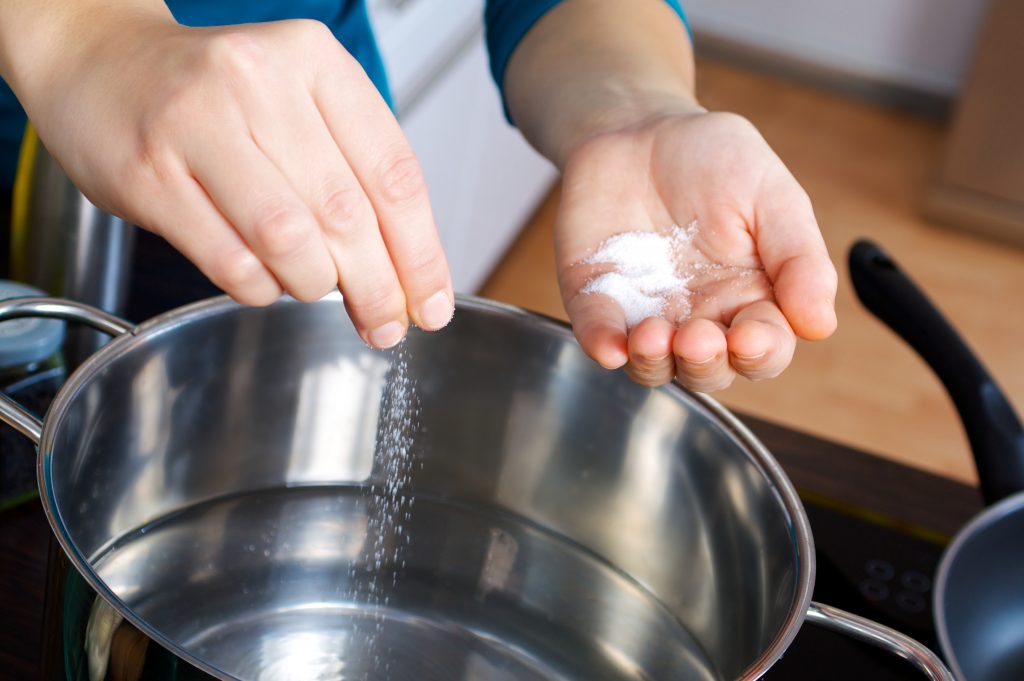
A sequential exploratory methods design was used to gather qualitative data through interviews and focus groups with parents of pre-school children of high and low socioeconomic status from urban areas of Peru (n=64). Quantitative data was subsequently obtained via questionnaires sent to all parents (n=232). The study found that household cooking was a duty of […]
Sodium, Potassium and Iodine Intake, in a National Adult Population Sample of the Republic of Moldova
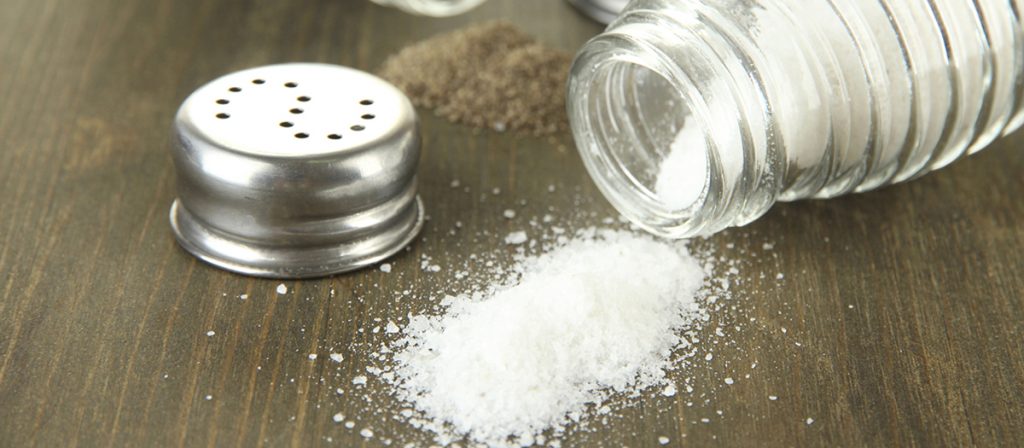
A recent study published in Nutrients by D’Elia et al. investigated sodium, potassium and iodine intake in the Republic of Moldova. Twenty-four hour urine samples were collected and analysed from 858 adults (326 men and 532 women, 66% response rate). Mean salt intake was found to be 10.8g/day, with only 11.3% of people meeting the […]
Sodium Content of Commonly Consumed Foods in Argentina

Calliope and Samman investigated the sodium levels in street food, fast food and artisanal food in Northwest Argentina using chemical analysis. To collect information on the types and frequency of food consumed, a survey was administered to a sample of adults. The most commonly consumed street food was hot dogs (25%) and French fries (22%); […]